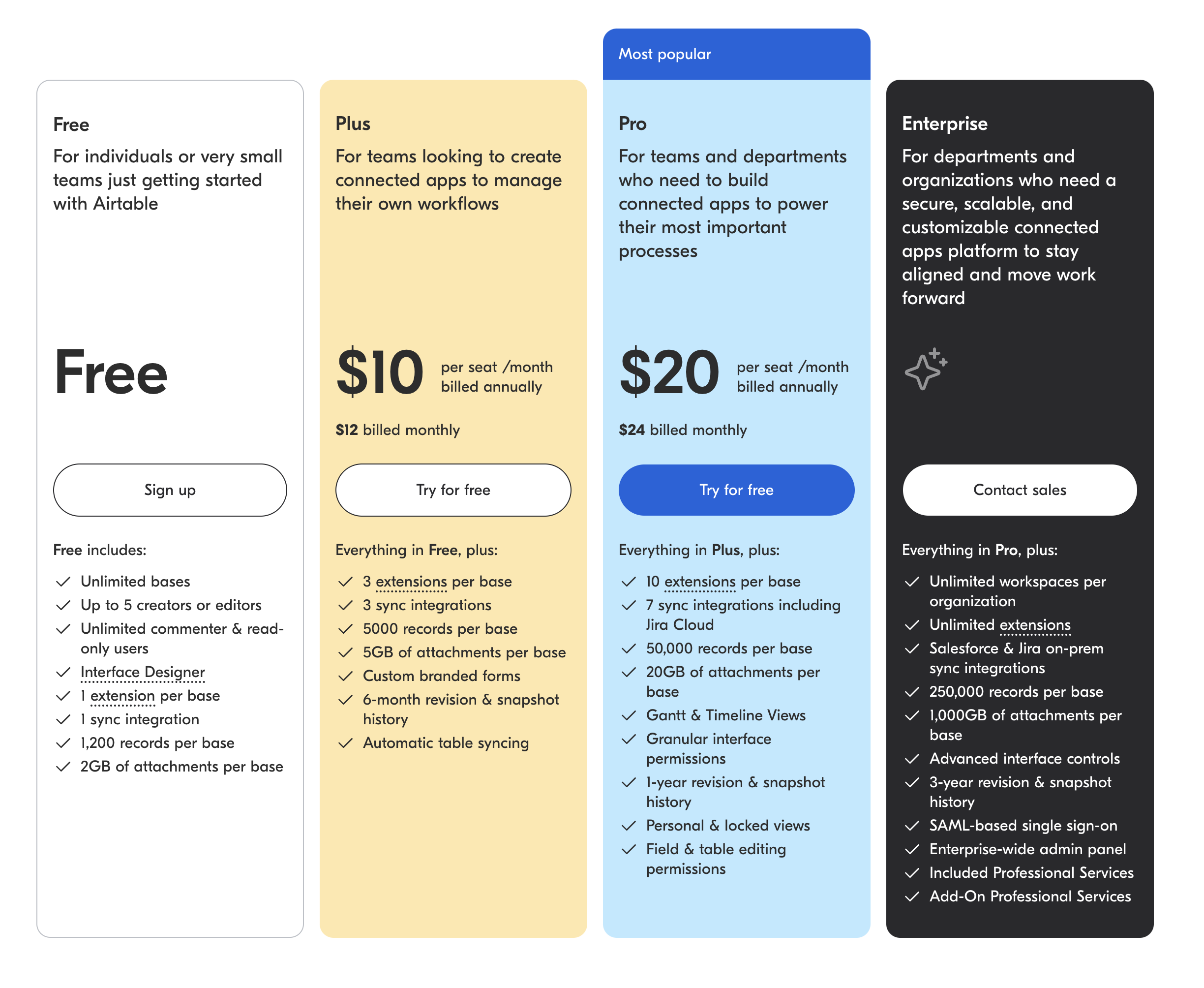What is Tiers + Per-Unit + Usage-Based Pricing?
This pricing model combines a recurring fee for a specific pricing tier with an additional per Seat, and a usage-based fee. Pricing Tiers are different packages your customers can choose from that contain a certain set of features, typically a set of three packages like Standard, Gold, and Platinum. Instead of offering just one pricing plan, you segment the pricing of your product into different packages. This allows customers to choose the option that best accommodates their needs. The “Seat” in per Seat Pricing refers to the seat of someone sitting in front of your software using it. Usage-based pricing means that your customers get charged based on how much they used your product or a specific feature of your product during a billing cycle. This is always a unit of measure, such as the number of lookups, the amount of storage, etc. This means your customers start paying relatively little when they first start using your product, but you still preserve the ability to increase your revenue over time because the price is ideally directly tied with the value a customer receives. Combining these models allows you to monetize all of those three different factors that provide value to your customers.Why this model?
You are targeting different customer profiles, so it’s a great idea to have different pricing tiers that are targeted toward these different customer segments. Having a base fee for each tier and adding a per Seat and usage-based fee on top of that allows you to charge for the base value of your product as well as for the value that increases with more seats and usage. For the right SaaS, this model takes the best aspects of multiple models and combines them to make a powerful revenue generator. By identifying multiple places where users are getting incremental value in both usage and number of users, as well as the sets of features that should be available at each base price, you’re sure to offer customers a fair price (they pay for what they use) while recouping otherwise missed revenue opportunities. In order to make Usage-Based Pricing work, you have to find one or several usage metrics that are tied to the value your customers receive. You have to be careful when choosing these metrics since you don’t want to choose any metrics that actively discourage your customers from using your product. Examples: Pipedrive, Airtable, Tailscale

